Common Wenlock fossils from the Tortworth Inlier
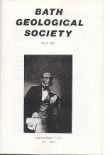
The Tortworth Inlier is comprised of Palaeozoic rocks in an area to the north-east of Thornbury. Their age ranges from Cambrian through to Carboniferous (although the Ordovician is not represented) with the Silurian outcrop centred on the village of Tortworth and a tongue of Ludlow rocks stretching north to Tites Point at Purton on the River Severn. Exposures are infrequent and poor, however, the best exposures lies in the Wenlock Series at the SSSI of Brinkmarsh Quarry, where Wenlock limestone and shales are exposed. The most distinctive feature of the shales is called the Pycnosteus Band in which a rich fauna can be found. It is these species which are described.
The quarry is a U-shape in outline with the open end facing east. The southern boundary is marked by about 6 feet of loose shales in which the most abundant fossil is the rugose coral Pycnosteus miratus (Fig 1). The corals are horn-shaped (trochoid) ranging from a few millimetres long up to 8cms. All are gently curved, mostly without growth rings, although some are found with sharp bends indicating a change in the direction of growth due to some disturbance. They were living in conditions where fine sediment was slowly being deposited, making growth essential to keep the top of the individuals above the top of the sediment.
Almost as abundant as Pycnosteus are the valves of the orthid brachiopod Reserella basalis (Fig 2). Most are disarticulated although occasionally a complete specimen can be found. The pedicle (dorsal) valve is strongly convex with fine ribs radiating from the umbo (the pointed end where the valves articulate). The brachial (ventral) valve is almost flat with a small number being slightly concave, with fine ribbing similiar to the pedicle valve. The brachial valves also bear two prominent teeth. The size of the fossils range from 2-3mm up to 2cms in diameter. Particular care should be taken when picking up the valves as they break quite easily.
Although rather less abundant than the foregoing two types, another common form is the rhynchonellid Sphaerirhynchia davidsoni (Fig 3). However, unlike the two previous species, this brachiopod is common throughout the Wenlock in Britain. It is almost spherical in profile with many shallow ribs which a almost completely encircle the fossil. The brachial valve is characterised by the square edges at the commissure (junction of the valves) where the ribs interlock with those of the pedicle valve. Generally they are found fully grown at about 1.5 cms in diameter.
Equally common in the Pycnactis Band is the Spiriferid brachiopod Whitfieldella (Fig 3) which is found very rarely elsewhere in Britain. They are small, at about 1cm, without ribs or ornamentation. They strongly resemble the Terebratulid brachiopods of the Mesozoic period both in shape and lack of ornamentation.
Lying above the Pycnactis Band is one of the limestone bands found in the Brinkmarsh Beds of the Tortworth Inlier. From this can be found the common Wenlock tabulate coral Favosites (Fig 4). No large specimens have been found like those available from the Wenlock Edge quarries. The Brinkmarsh ones are, however, compact up to 12cms and well preserved. The Favosites coral is common throughout the Wenlock in Britain. Another Wenlock limestone species is the branching tabulate coral Scoliopora juniperinus (Fig 5). It is usually found as stick-like fragments recognisable by the fine net-like ornamentation produced by the corallites. Some excellent specimens can be found, well weathered out on the surfaces of loose limestone blocks of the limestone and brachiopods such as Sphaerirhynchia and Reserella.
Less common than the foregoing species but nevertheless worth mentioning is the small rhynchonellid Microsphaeridium inclyns nucula (formerly Camarotoechia nucula) (Fig 3). Most specimens from the Pycnactis Band are very small, up to 8mm, often fragile as they do not weather well and are frequently distorted. Like all rhynchonellids M. nucula is strongly ribbed, the ribs meeting at a zigzag commissure, which itself is gently folded. The umbo is slightly beaked but is quite often broken off. They can be collected with care and any cleaning must be done very judiciously.
Many other forms can be found in the Pycnactis Band and the limestones, ranging from ubiquitous crinoid ossicles (what excitement there would be if a whole calyx was found!) to the finely ornamented gastropod Polemnita (Fig 6). These species are infrequently found, rewarding only the meticulous searcher.
Note: Brinkmarsh Quarry (map reference ST614912) is on private farmland so prior permission must be gained to visit the site. It is also an SSSI, so must be treated with the relevant respect. Collecting specimens which are loose in the shales before they are trampled by cattle can be rewarding and useful.

Fig.1 Coral - Pycnactis mitratis
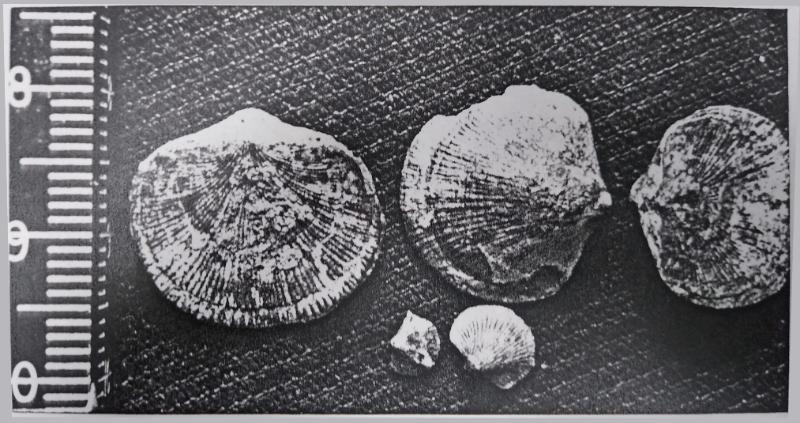
Fig.2 Brachiopod - Resserella basalis
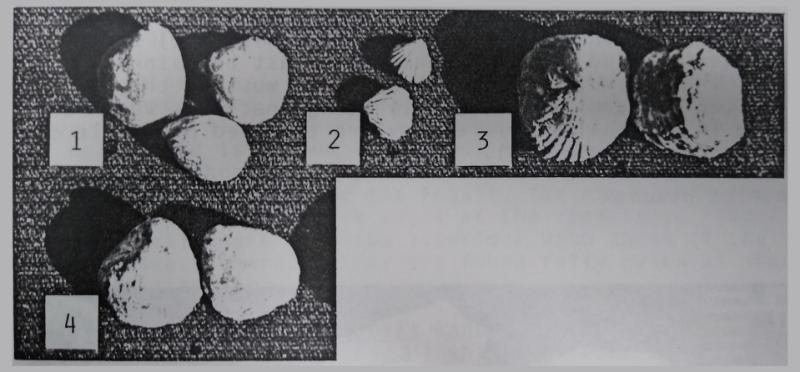
Fig.3 Brachiopods - Whitfieldella (specimens no. 1 and 4), Microsphaeridiorhynchus nucula (no. 2), Sphaerirhynchia davidsoni (no. 3)
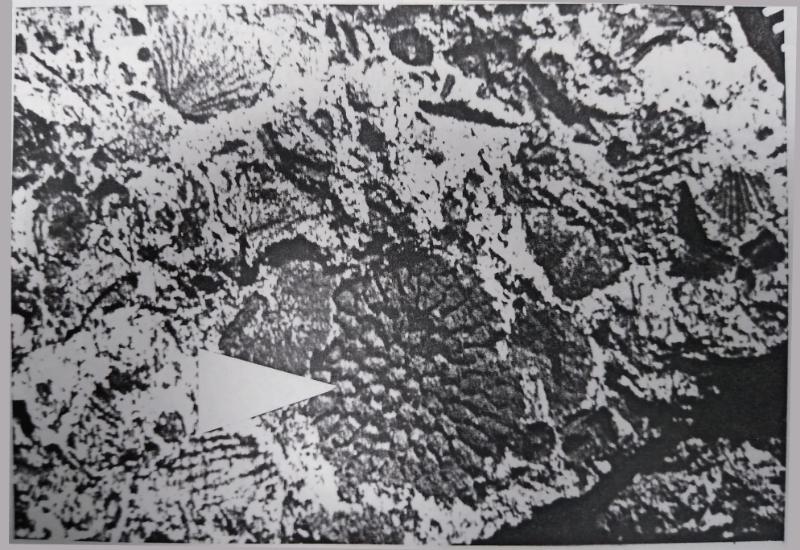
Fig.4 Coral - Favosites
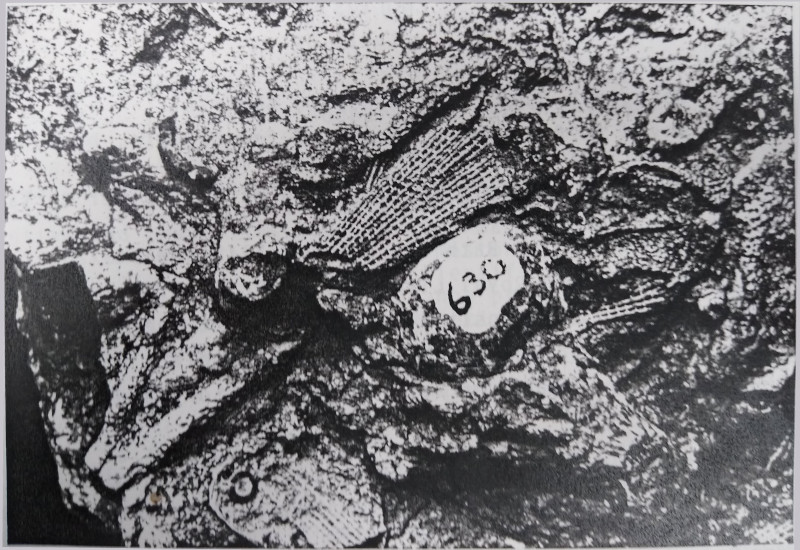
Fig.5 Coral - Coenites juniperinus
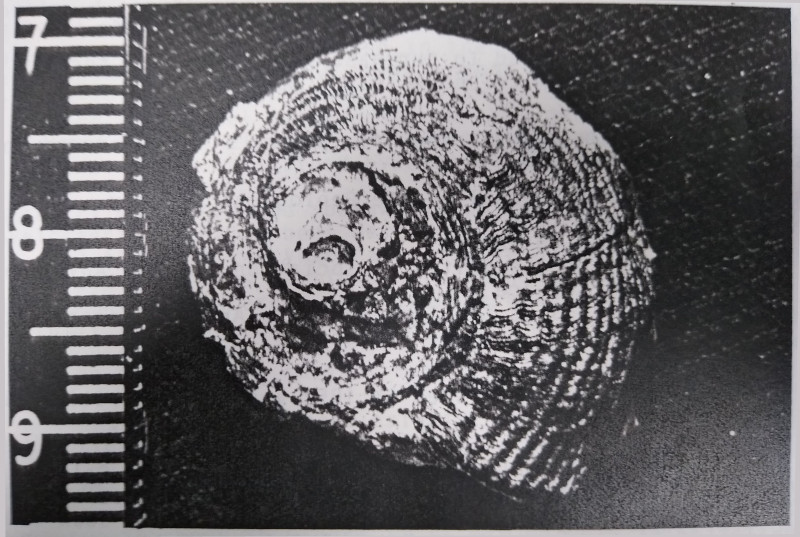
Fig.6 Gastropod - Poleumita
